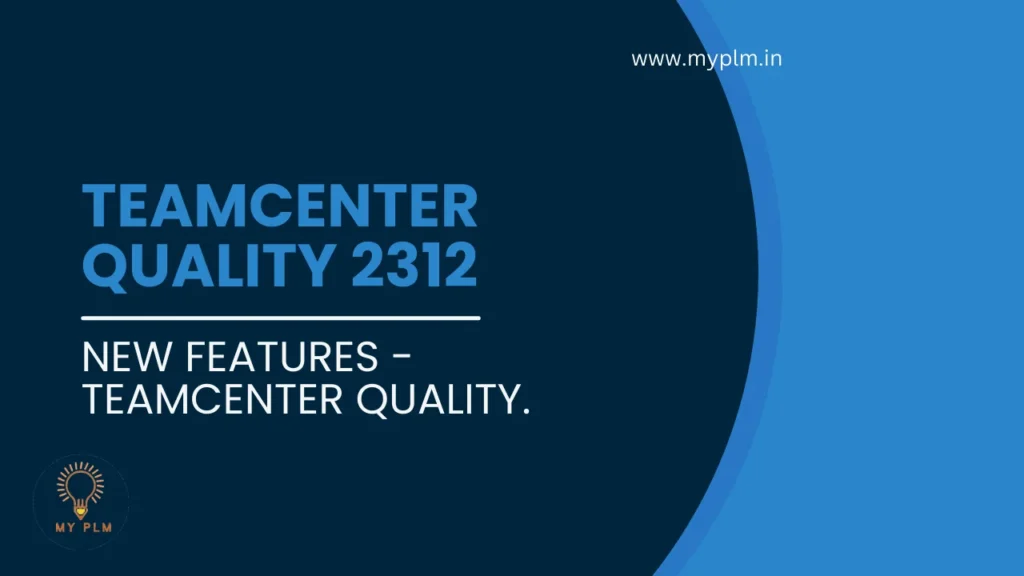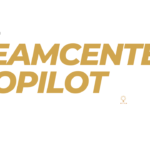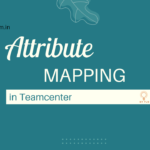The Teamcenter Quality software facilitates a comprehensive closed-loop quality approach spanning from design to manufacturing. Utilizing the Teamcenter software product lifecycle management (PLM) backbone, Teamcenter Quality enables the utilization of product and process information, along with the sharing of cross-departmental workflows. This facilitates the streamlining of essential quality management processes. The software operates within the Active Workspace client (AWC) for Teamcenter, a cutting-edge web-based platform simplifying PLM for users engaged in the product lifecycle. The Active Workspace ensures an intuitive experience, fostering user adoption, and reducing time-to-value by providing accessibility anytime, anywhere, and on any device.
Table of Contents
Explore the latest and most significant updates regarding Teamcenter Quality.
Teamcenter Quality version 2312 introduces the latest module, Teamcenter Quality Audit & Assessment, along with enhanced application capabilities and usability. Our broadened support for essential quality core processes provides access to cutting-edge technologies for optimizing your quality management system (QMS), encompassing compliance tasks.
To align offerings within Siemens Digital Industries Software, Teamcenter Quality is transitioning to a version numbering system based on the year and month. Notably, version 2312 signifies the December (12) release in 2023, succeeding Teamcenter Quality 6.3.
Evaluate and appraise fundamental processes to foster ongoing enhancement.
Effective management of audits across the entire company necessitates a structured system solution that yields benefits when integrated into Quality Management System (QMS) processes and is accessible to all pertinent stakeholders. The escalating significance of audits has established a benchmark for enhancing the efficiency of auditing procedures.
The recently introduced Teamcenter Quality Audit & Assessment module offers tools to assist with tasks such as
• Planning and Creating Audits
The auditor can generate a new audit plan along with associated audits, outlining their agenda and incorporating key stakeholders for the formal auditing process. This includes the preparation of specific quality checklists and the definition of evaluation criteria using an automatic grading system. Once all the data is well established, the auditor can schedule and initiate the audit session.
• Executing Audits
The auditor can carry out a streamlined and straightforward audit management process, identifying both weak points and best practices, with a particular emphasis on core processes.
• Reviewing Audits
The auditor employs quality problem-solving methods, such as Ishikawa diagrams and the 5 Whys technique, to scrutinize the root cause of the audit findings. Subsequently, the auditee can initiate corrective actions to address these deviations.
• Closing and Controlling Audits
Upon completion of the audit process, the auditor is capable of generating a comprehensive report encompassing all necessary documents prepared during the evaluation stage.
• Planning and Creating Audits
The auditor can generate a new audit plan along with associated audits, outlining their agenda and incorporating key stakeholders for the formal auditing process. This includes the preparation of specific quality checklists and the definition of evaluation criteria using an automatic grading system. Once all the data is well established, the auditor can schedule and initiate the audit session.
By establishing an effective audit process, manufacturers can pinpoint potential risks and eliminate superfluous activities, thereby optimizing their operations and conserving both time and financial resources. Significantly, adhering to best practices in audit management instills confidence in the management team, assuring them of a structured procedure for continual quality improvement and aiding the company in achieving its business objectives.
Notable Enhancements
Teamcenter Quality version 2312 integrates numerous enhanced application capabilities and features.
- Retain all pertinent data in the Quality Management (QM) workspace. Starting from version 6.1, Teamcenter Quality empowers users to operate within an extended and enhanced QM workspace. Upon application launch, a preconfigured view is presented, adaptable by the service at any time. Notably, Active Workspace introduces a new tile for each module as an additional enhancement.
- Strengthening quality capabilities for Q-gates and checklists. The current version emphasizes evaluating questions and entire checklists with enhanced quality master data and functionalities tailored for quality checklists. These checklists have expanded applications in quality project management, particularly for the mapping of the supplier production part approval process (PPAP). In the Quality Project Management module, activities associated with the delivery of one or more documents can now be directly linked to the corresponding question or task on the overview page. Utilizing Teamcenter Quality facilitates the streamlining of tasks, offering improved capabilities for tracking quality projects such as advanced product quality planning (APQP) or supplier PPAP projects.
- Optimize the planning of quality inspections with Teamcenter Quality Control and Inspection Planning, enhancing product quality while reducing development time. The latest version introduces improved naming rules for quality master data. A new attribute, “decimal places,” has been added for variable characteristics, specifying the number of decimal places for nominal values and tolerances. The support for the automatic ballooning of characteristic-relevant information has been enhanced, particularly in 3D model-defined model views. Beyond improved ballooning functionality, additional enhancements for enhanced usability include the ability to add multiple references within the inspection definition or at the control plan level. Another crucial feature is the option to duplicate the control plan structure, providing the capability to copy the entire control and inspection plan structure.
- Enhance the problem-solving process with updates in the Teamcenter Quality Problem Solving module in version 2312. These updates include valuable enrichments in root cause analysis (RCA). Furthermore, improvements are made to quality checklist functionalities impacting root cause analysis, introducing new functionalities in the checklists, including those for the problem-solving process (PSP). One notable feature in this version is the definition of key performance indicators (KPIs) in standard reports for overall PSPs.
- Improve functionalities in quality action management with Teamcenter Quality, providing capabilities for creating and executing actions within various Teamcenter Quality modules or as standalone actions. In Quality Action Management (QAM), it is now possible to add new supplementary properties to each action, such as graphic symbols to highlight the action status.
Advantages of our Quality Management Solution:
- Streamline the management of quality checklists for improved assessment efficiency.
- Simplify tasks related to quality project management best practices for effective control of quality and project milestones.
- Provide an advanced Failure Modes and Effects Analysis (FMEA) tool for enhanced analysis.
- Optimize the planning of quality inspections by leveraging drawings and models.
- Offer detailed defect descriptions to facilitate effective problem-solving.
- Achieve a comprehensive closure in your root cause analysis through a deeper evaluation.
Read More Articles
Exploring the Power of Tiles in Teamcenter’s Active Workspace Client
Understanding the Contrast: Volume vs. Database in TC
Exploring TC: The Central Hub for Product Lifecycle Management
Understanding Item Revision in TC: A Comprehensive Guide
Understanding PLM (Product Lifecycle Management): A Comprehensive Guide
Demystifying BMIDE in TC: Empowering Effective PLM Solutions
Understanding Organizations in TC: Building Efficient Work Structures
Demystifying Datasets in TC: A Comprehensive Guide
A Step-by-Step Guide to Installing TC Software
Revealed Pseudofolders in Siemens TC: Simplifying Data Management for Engineers
Unlocking TC’s Potential: A Guide to Creating Custom Properties







